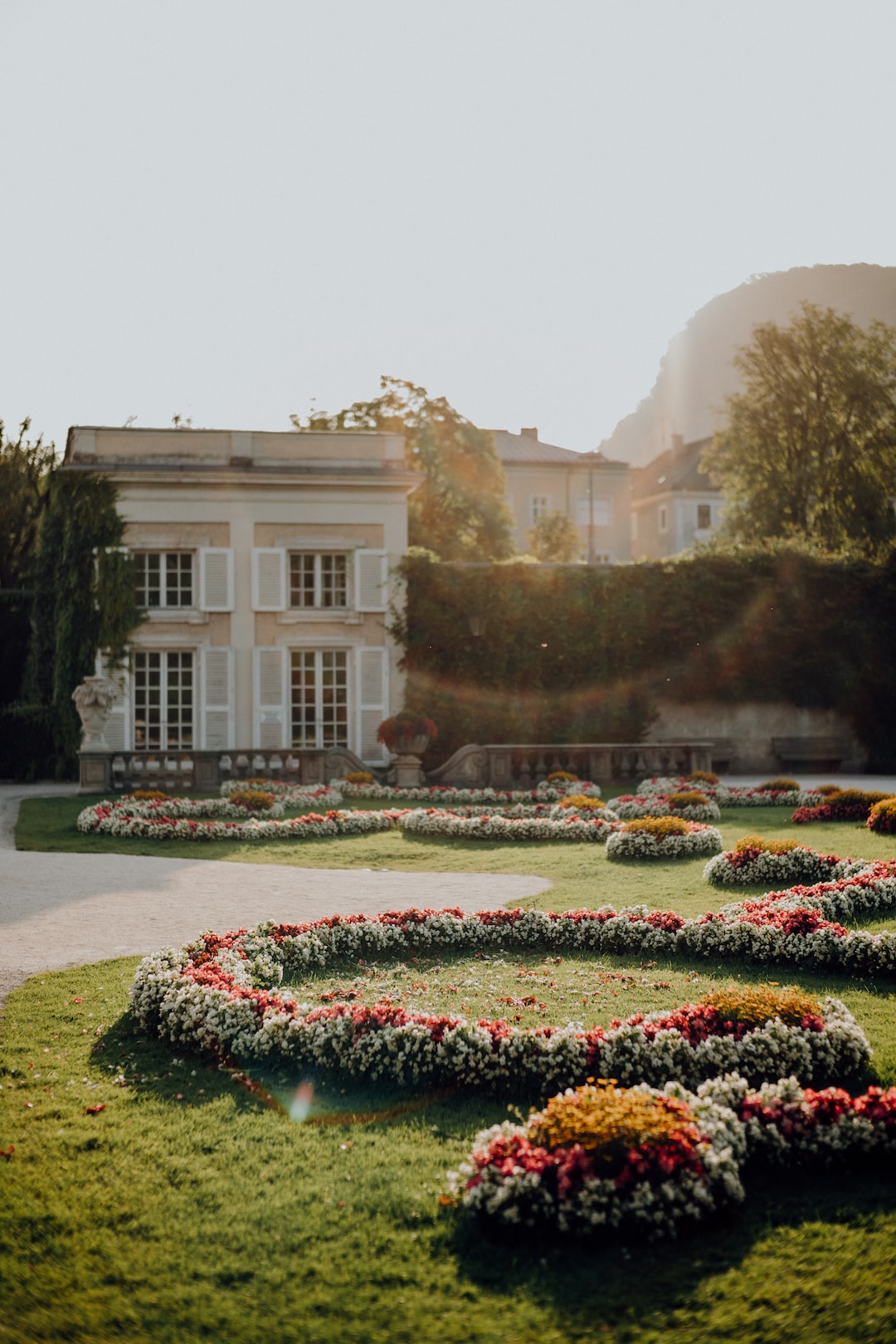Creating a Butterfly-Friendly Garden: Essential Plants and Tips
Butterflies are mesmerizing creatures, with their vibrant colors and delicate wings. Creating a butterfly-friendly garden not only enhances the beauty of your outdoor space but also supports these important pollinators. By providing specific plants and following a few simple tips, you can attract butterflies to your garden and help maintain their populations. In this blog post, we will discuss essential plants and share tips to create a butterfly haven in your backyard.
1. Milkweed:
One of the most crucial plants for butterflies, especially monarchs, is milkweed. Monarch caterpillars feed only on milkweed plants. So by planting milkweed, you can provide a food source for these beautiful butterflies. Popular varieties include Common Milkweed (Asclepias syriaca) and Butterfly Weed (Asclepias tuberosa). Choose the species that is native to your region for the best results.
2. Nectar Plants:
To attract adult butterflies, fill your garden with an array of nectar-rich flowers. Provide a mix of annuals and perennials to ensure a continuous food supply throughout the seasons. Some favorite nectar plants for butterflies include Coneflowers (Echinacea), Black-eyed Susans (Rudbeckia), Lantana, Bee Balm (Monarda), and Zinnias. Choose a variety of flower colors to appeal to different butterfly species.
3. Host Plants:
Host plants are specific plants where butterflies lay their eggs, and the caterpillars feed on them after hatching. Including host plants in your garden is essential for supporting the complete lifecycle of butterflies. For instance, the Eastern Tiger Swallowtail butterfly lays its eggs on tulip poplar, black cherry, and birch trees. Research the butterflies native to your area and include their respective host plants to create a butterfly-friendly environment.
4. Avoid Pesticides:
Pesticides are harmful to butterflies and can disrupt their life cycles. To protect these pollinators, avoid using pesticides in your garden. Opt for organic alternatives and incorporate natural pest control techniques like companion planting and proper soil management. By creating a balanced ecosystem, you can decrease pest populations naturally while maintaining a healthy environment.
5. Water Source:
Butterflies also need water, especially in hot and dry weather. Include a shallow dish with a few rocks in your garden to serve as a water source. Add a bit of sand or mulch to make it easier for butterflies to land and drink. Remember to provide fresh water regularly.
6. Sun and Shade:
Most butterflies love sunny areas, so ensure that your garden gets ample sunlight. However, it is essential to provide some shady spots too, as butterflies also need resting areas. Plant tall flowers or erect trellises to create shade. This way, the butterflies can bask in the sun and relax in cooler areas when needed.
7. Provide Shelter:
Butterflies need shelter to escape from predators and harsh weather conditions. Plant a range of shrubs, trees, and grasses to create a diverse habitat. Native plants are particularly beneficial, as they provide ideal shelter for butterflies and other wildlife. You can also add a butterfly house or small brush piles to further enhance the shelter options.
8. Continuous Bloom:
To attract butterflies consistently, aim for a continuous flower bloom in your garden. Choose plants with varying blooming periods and stagger their planting accordingly. This ensures that there are always nectar-rich flowers available for visiting butterflies. Consult local gardening resources or seek advice from experts to determine suitable plant combinations for a prolonged blooming season.
9. Minimize Lawn Area:
Reducing the size of your lawn can greatly benefit butterflies and other pollinators. Lawns offer little to no value in terms of food or habitat for butterflies. Instead, convert some lawn space into planting beds filled with butterfly-friendly plants. This way, you maximize the space available for nectar and host plants, ultimately attracting more butterflies.
Creating a butterfly-friendly garden not only brings joy and beauty to your outdoor space but also contributes to the conservation of these magnificent insects. By providing essential plants, avoiding harmful chemicals, and creating suitable habitats, you can help butterflies thrive. With a little effort, you can attract a multitude of butterfly species and witness their enchanting presence in your garden. So, start planning your butterfly garden today and watch as these delicate creatures bring your space to life.

